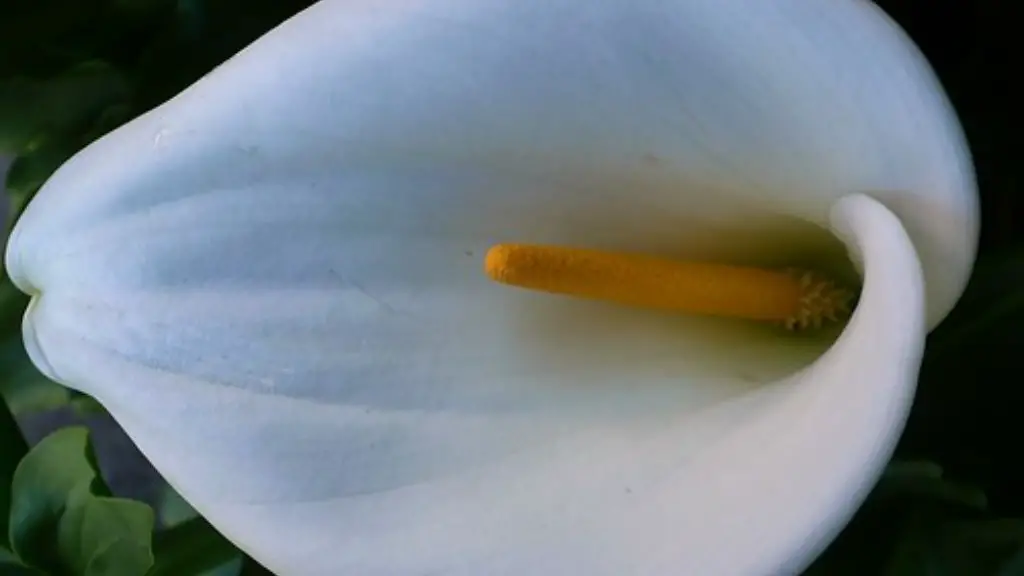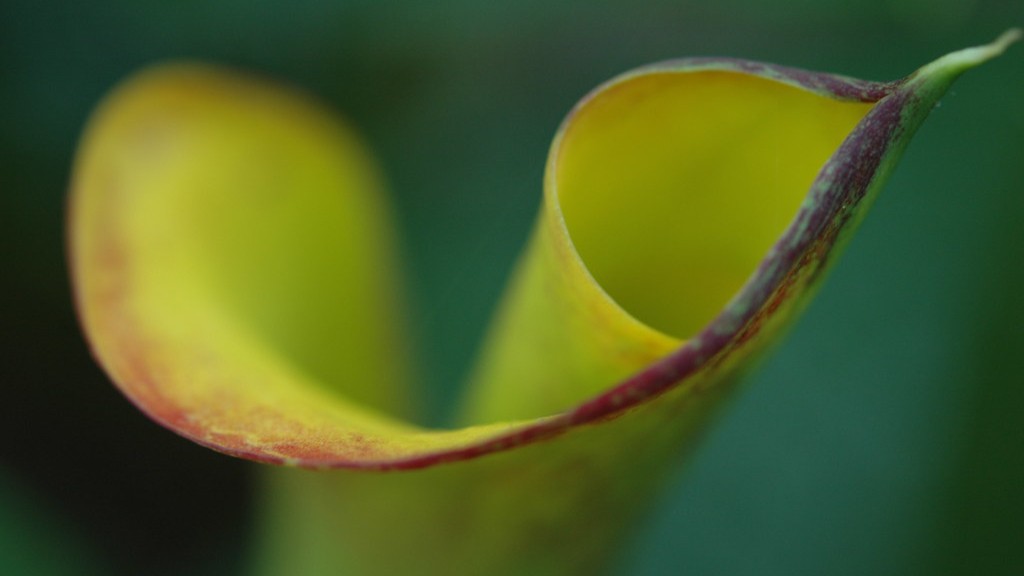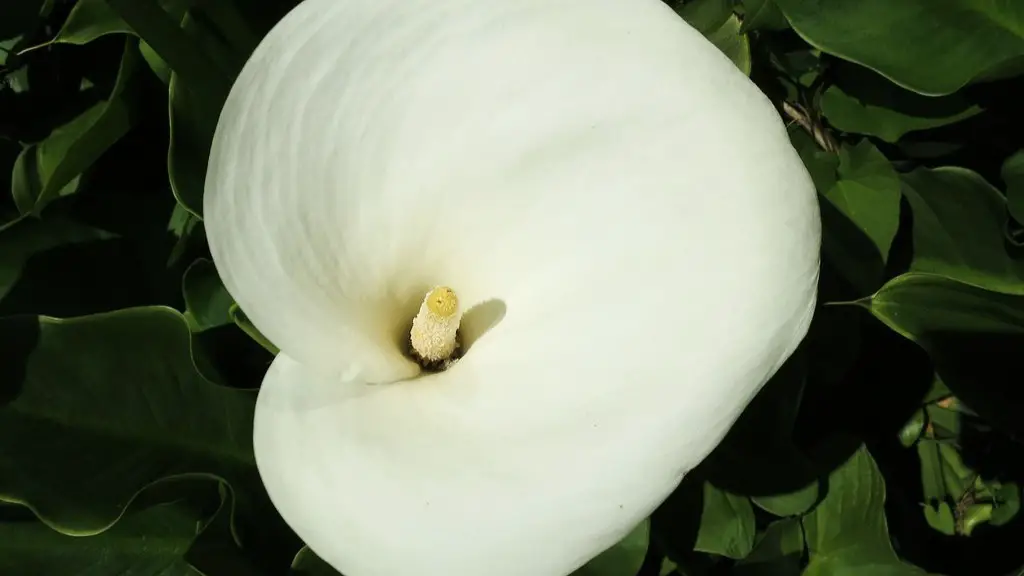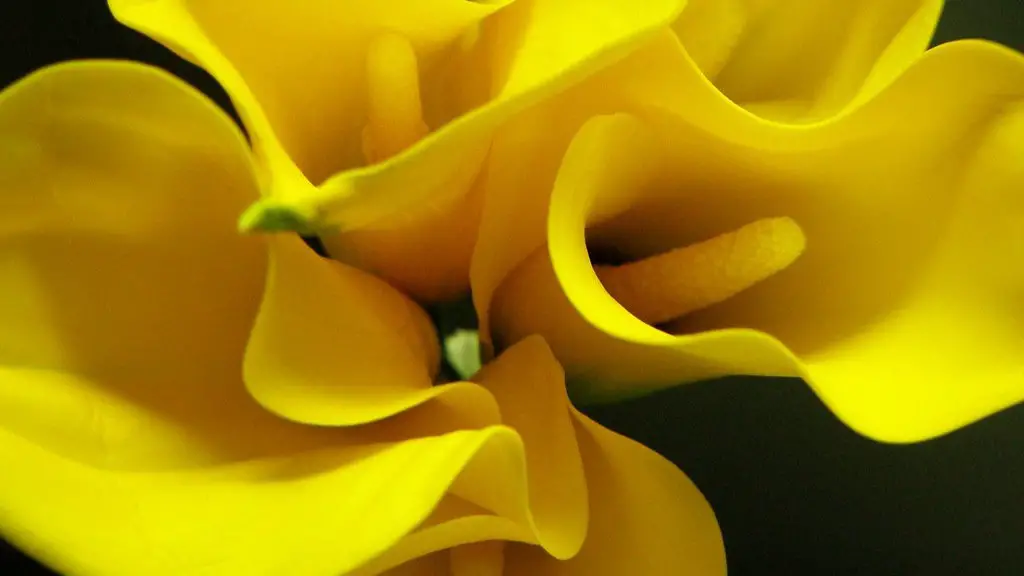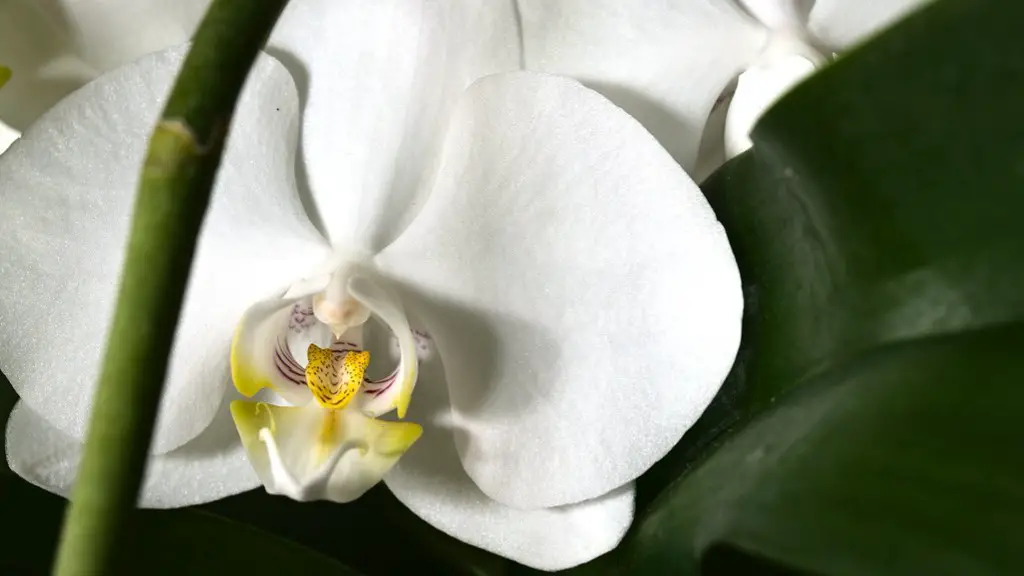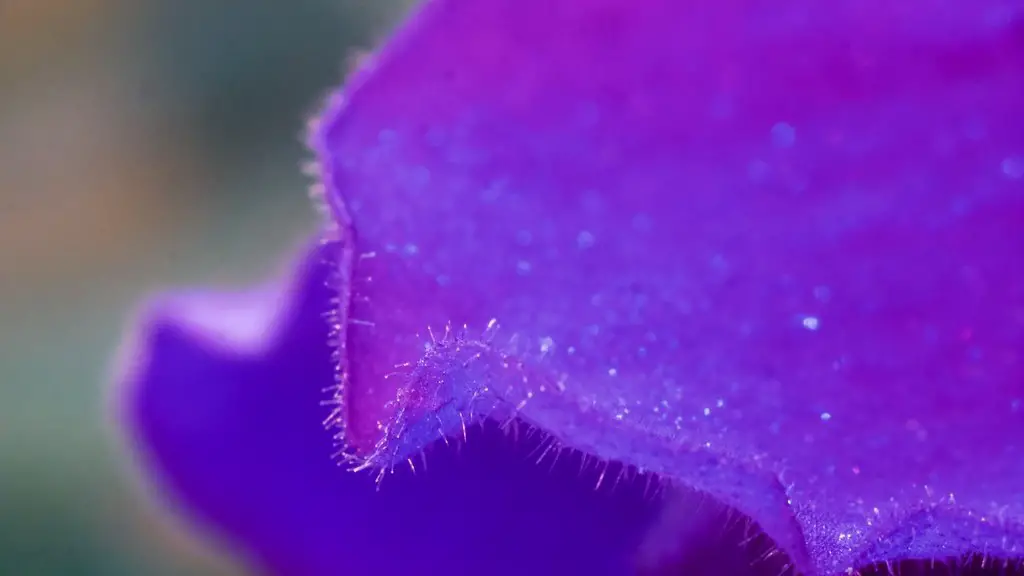Typically, calla lilies in pots need to be watered about once a week. Be sure to check the soil before watering to see if it is dry to the touch. These flowers enjoy pots with drainage holes so that their roots do not sit in water. Fertilize calla lilies every other week during the blooming season with a water-soluble fertilizer. Follow the package directions for the correct amount to use.
How to Care for Calla Lilies in Pots
1. Fill a pot with well-draining potting mix.
2. Plant the calla lily bulbs with the roots facing down.
3. Water the soil until it is moistened.
4. Place the pot in a location that receives indirect sunlight.
5. Continue to water the soil as needed, keeping it moist but not soggy.
6. Fertilize the calla lilies every two weeks with a water-soluble fertilizer.
7. Cut back the foliage in the fall after the flowers have faded.
8. Allow the Bulbs to rest over the winter months by storing them in a cool, dry location.
How long do calla lilies last in a pot?
The plant usually blooms for about six weeks during the late spring and early summer but may bloom at any time when indoors. Keeping the plant root bound encourages more flowers.
Potted calla lilies are beautiful flowers that are often grown for Easter. However, when they stop blooming, many people throw them out. Instead of throwing them out, you can let them go dormant and keep them in a cool, dark place without water for a couple of months. Doing this will help them to last longer and stay healthy.
How long do calla lilies last indoors
Cutting gardens are a great way to add some color to your home with fresh flowers. Calla lilies are a great option for cutting gardens as they are easy to arrange and can last up to two weeks in a vase.
When it comes to planting and caring for your Hardy Zones 8 plants, there are a few things to keep in mind. First, these plants are not meant to be planted in pots. Even in the areas where they are hardy, they will require more care and attention than plants in other zones. Additionally, it is important to make sure that you do not plant these plants in pots that are too small. Otherwise, they may become root bound and stressed, which can lead to problems down the road.
Why is my potted calla lily dying?
While the calla lily thrives in moist soil, oversaturation may cause limp stems and root rotting. Causative factors include excessive rainfall, poor drainage, and overwatering. If you find your lilies sitting in puddles or with mushrooms growing beside them, it’s likely that the soil is compacted and draining poorly.
If you want your calla lily plant to bloom again, follow these instructions. Place the plant in a cool, dark place for two months. After this, bring it back out into the light and resume watering it. The foliage will regrow and you calla lily plant will start to bloom shortly thereafter.
Will potted calla lilies come back every year?
If you have a potted calla lily, you can save it and it will bloom again next year. Just keep the pot in a cool, dark place over the winter and it will be fine.
Keeping your Calla Lily indoors is a great way to enjoy this beautiful plant all year round. Here are a few tips to keep your plant happy and healthy:
1. Give your plant plenty of bright, indirect light.
2. Keep the soil evenly moist, but not soggy.
3. Use a well-draining potting mix.
4. Allow the soil to dry out slightly between watering.
5. fertilize monthly during the growing season.
With a little care, your Calla Lily will thrive indoors and bring you years of enjoyment.
Should you cut old flowers off calla lily
Once the calla flower begins to die, it is time to clip off the spent blossoms. Calla lilies don’t drop petals like many other plants when their flowers are done blooming. Instead, the flower rolls up into a tube, often turning green on the outside. These spent blossoms on calla lily plants are done and have no purpose.
It is very important to provide the proper calla lily winter care in order to have these lovely flowers in your garden year after year. After the calla lily rhizomes have dried, place them in a paper bag or wrap them in newspaper. Store them in a cool, dry place, somewhere that stays around 50 F (10 C). This will help to keep the calla lilies from rotting over the winter months.
How often do you water potted calla lilies?
Watering your calla lilies too heavily can actually damage the rhizomes and cause the plant to rot. Once the rhizomes are established, you can water the plants once a week, or more frequently if experiencing especially hot or drought-like conditions.
The calla lily is a tough plant that can grow both inside and outside. In their native Africa, they are evergreen perennials that are found along stream banks and other moist areas. They are perfect for adding a splash of color to any home or garden.
Are coffee grounds good for calla lilies
If you’re noticing that the leaves on your calla lily plant have very dark tips, it’s a good idea to cut back on the fertilizer. Adding coffee grounds between fertilizing rounds can help encourage growth, as calla lilies prefer acidic soil.
If your calla lilies do not bloom, the potential reasons include:
-Excess nitrogen in the soil
-Not enough moisture
-Too much shade
-Inadequate dormancy periods (should last at least 2-3 months)
-Foliage removed too early (preventing the plant from storing enough energy)
-Deficient calla lily rhizomes
-Incorrect fertilizer
Why is my calla lily yellow and drooping?
If your calla lily is drooping, it may be due to over- or under-watering. Too much water can cause the heavy calla lily flower to droop, while too little water can lead to fungal rot disease. Correct watering is essential to keeping your calla lily healthy and beautiful.
If you have a calla lily plant, it’s important to make sure that the roots are not constantly soaked in puddles of water. Too much moisture can cause the roots to rot, and the plant can contract other diseases. This will also cause the leaves to wither.
How long can calla lilies go without water
If you have a hand-tied calla lily bouquet, you can expect it to stay fresh for 12 to 24 hours, even with sealed ends. This is a great way to enjoy your bouquet for a longer period of time.
Calla lilies are a beautiful addition to any garden, and they are relatively easy to care for. Calla lilies prefer to grow in tropical climates, but they can also thrive in USDA hardiness zones 8 through 10. Calla lilies will die back in summer and regrow each year, but in colder zones, it is best to plant them as annuals. With proper care, calla lilies will produce beautiful blooms year after year.
Warp Up
After planting, water your calla lily deeply to saturate the roots and help them to settle in. Water your lily every few days, giving it enough water to keep the soil moist but not soggy. You can allow the top inch of soil to dry out between watering. If your calla lily is in a pot, make sure that it has drainage holes to allow excess water to escape. Calla lilies generally don’t need fertilizer, but if you want to give yours a boost, you can feed it once a month with a water-soluble fertilizer.
The Calla Lily is a beautiful and popular plant that is often seen in homes and gardens. Though Calla Lilies are easy to care for, there are a few things you should keep in mind to ensure that your plant stays healthy. First, be sure to plant your Calla Lily in a location that receives plenty of sunlight. Calla Lilies need at least six hours of direct sunlight each day in order to bloom. Secondly, be sure to water your Calla Lily regularly. The soil should be kept moist, but not soggy. Overwatering can lead to root rot, so be sure to allow the soil to dry out in between waterings. Lastly, be sure to fertilize your Calla Lily every two weeks using a balanced fertilizer. With just a few simple tips, you can keep your Calla Lily healthy and blooming for many years to come.
